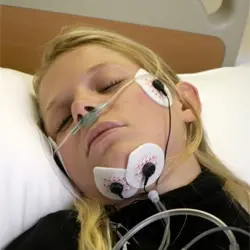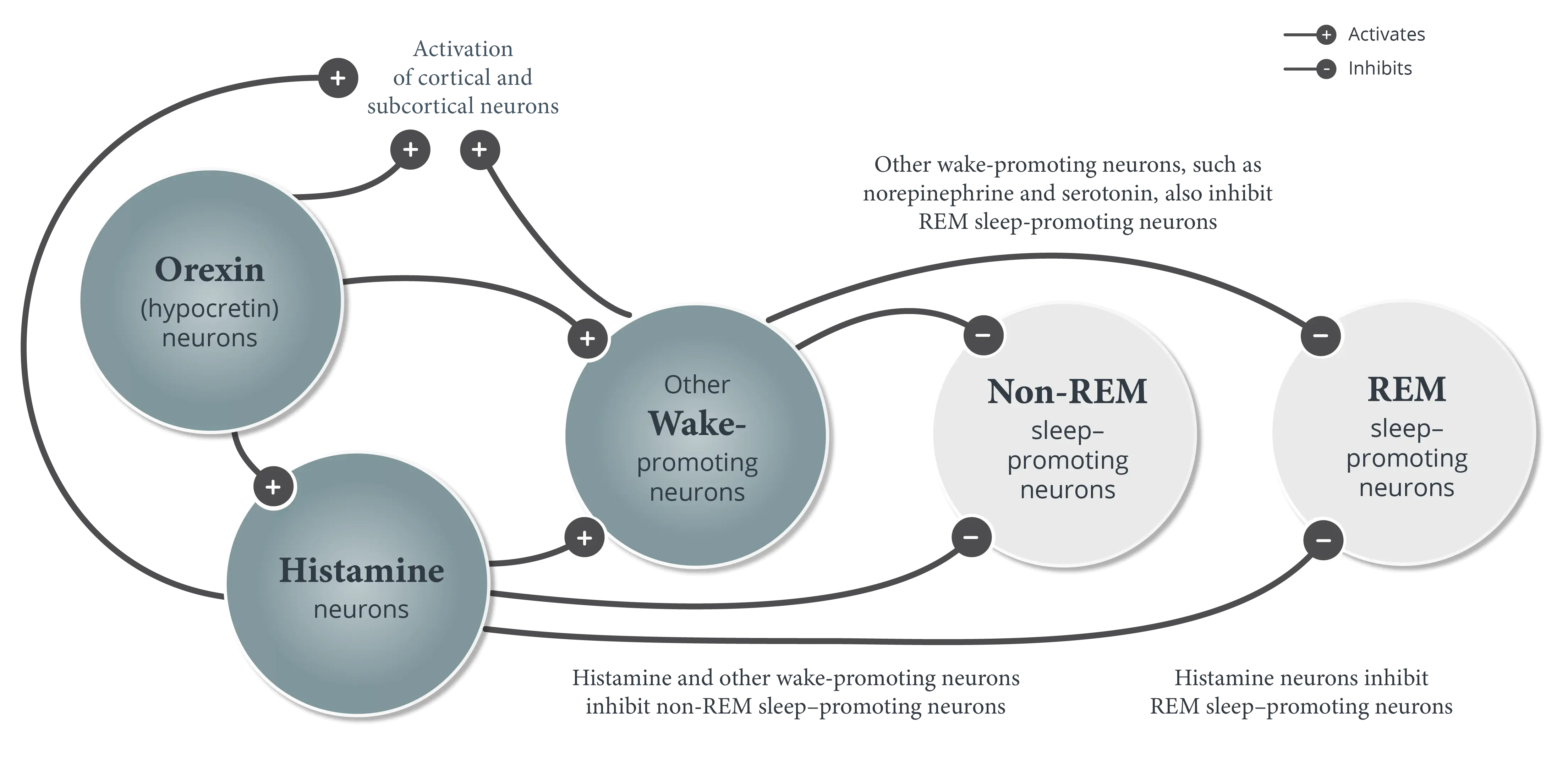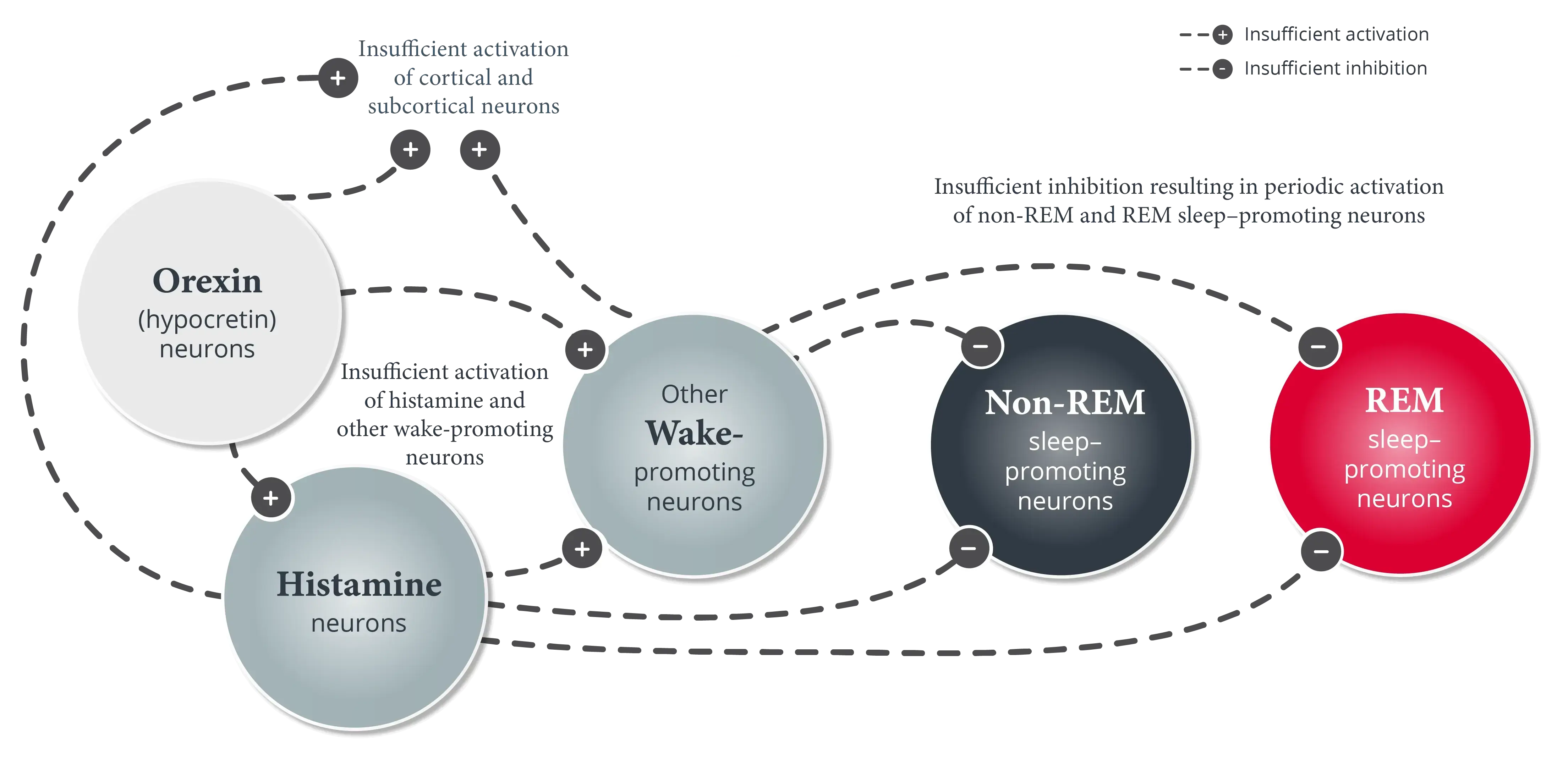

Best Practices for Clinical Interviews in Pediatric Patients and Caregivers
This content was developed using literature published in peer-reviewed journals and other materials.
Best Practices for Clinical Interviews in Pediatric Patients and Caregivers
This content was developed using literature published in peer-reviewed journals and other materials.
Overview
Performing a clinical interview in pediatric patients in whom narcolepsy is suspected should include gathering a complete medical history from the patient and their parent or caregiver.1
For pediatric patients in whom narcolepsy is suspected, an evaluation should be performed by a pediatrician and sleep specialist. This consists of both a physical examination and an in-depth review of the patient’s medical history provided by the patient and their parent or caregiver, along with any concerns raised by the patient’s teachers.1
The goal of getting the patient’s medical history is to identify any potential causes of their symptoms, such as excessive daytime sleepiness (EDS), and other characteristics that may point to a narcolepsy diagnosis.2,3
Considerations for conducting a clinical interview:
Be thorough and ask questions that will uncover as many details as possible on the patient’s medical history—parents or caregivers may think certain symptoms are not related to narcolepsy and therefore omit describing symptoms.4,5
Inquire about sleepiness, fidgeting, motor activity, daytime naps (short or long), and any potential signs of cataplexy.2,3
Discuss the patient’s nighttime sleep and whether they have experienced sleep paralysis, hallucinations (which may be misinterpreted as night terrors), or frequent sleep disruption.1-3
Ask if the child has had any behavioral issues arise, whether noticed by the parent, caregiver, or teachers.1,3 These can include hyperactivity, irritability, aggression, impulsivity, inattentiveness, or restlessness.3
Recent weight gain or obesity can occur at the onset of narcolepsy symptoms and should be a topic of conversation, as well as early onset of puberty.3
Use sleep questionnaires to help assess the presence and severity of symptoms; however, these should be secondary to an initial analysis of the patient’s medical history.5
The clinical interview should be done in conjunction with objective testing to confirm a diagnosis of narcolepsy in pediatric patients.2
References
- Chung I-H, Chin W-C, Huang Y-S, Wang C-H. Pediatric narcolepsy–a practical review. Children (Basel). 2022;9(7):974. doi:10.3390/children9070974
- Maski K, Kotagal S. Clinical features and diagnosis of narcolepsy in children. Clinical Decision Support | UpToDate | Wolters Kluwer. Updated July 29, 2024. Accessed January 6, 2025. https://www.uptodate.com/contents/clinical-features-and-diagnosis-of-narcolepsy-in-children
- Plazzi G, Clawges HM, Owens JA. Clinical characteristics and burden of illness in pediatric patients with narcolepsy. Pediatr Neurol. 2018;85:21-32.
- Dye TJ. Clinical evaluation and management of narcolepsy in children and adolescents. Semin Pediatr Neurol. 2023;48:101089. doi:10.1016/j.spen.2023.101089
- Wise MS, Lynch J. Narcolepsy in children. Semin Pediatr Neurol. 2001;8(4):198-206.







